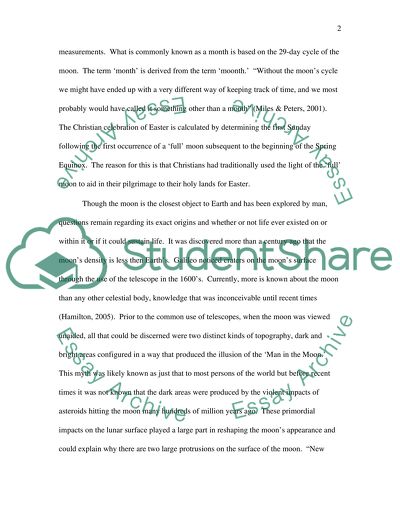Cite this document
(“Astronomy Research Paper Example | Topics and Well Written Essays - 1250 words”, n.d.)
Retrieved from https://studentshare.org/family-consumer-science/1414342-astronomy
Retrieved from https://studentshare.org/family-consumer-science/1414342-astronomy
(Astronomy Research Paper Example | Topics and Well Written Essays - 1250 Words)
https://studentshare.org/family-consumer-science/1414342-astronomy.
https://studentshare.org/family-consumer-science/1414342-astronomy.
“Astronomy Research Paper Example | Topics and Well Written Essays - 1250 Words”, n.d. https://studentshare.org/family-consumer-science/1414342-astronomy.


